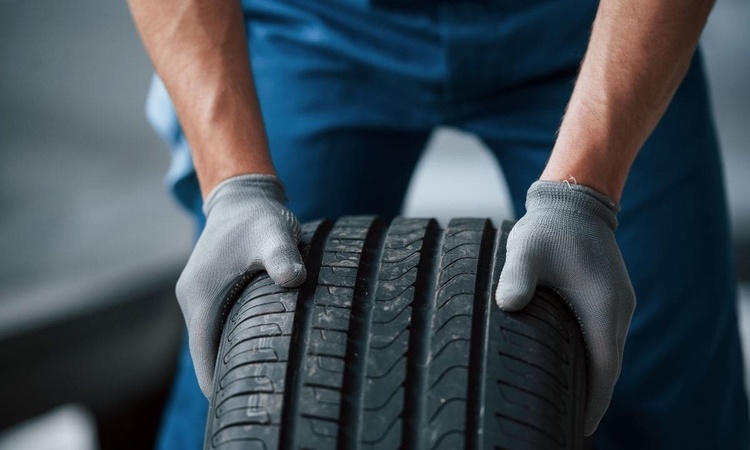Preparing Your Vehicle for Long-Distance Travel: A Checklist
Long-distance driving requires more than a full tank: it needs planning, a basic inspection, and attention to maintenance that supports reliability and safety. This article outlines practical checks for fuel, fluids, diagnostics, and documentation so your vehicle is ready for extended trips and varying conditions.

Ensuring a vehicle is ready for long-distance travel means combining routine maintenance with trip-specific checks. Before you depart, allocate time for a careful review of fuel planning, fluid levels, tire condition, and basic safety equipment. Consider the route, expected weather, and service availability in your area so you can match maintenance and servicing needs to the journey’s demands. Preparing documentation such as insurance, warranty records, and roadside assistance details also helps reduce stress if an issue arises on the road.
Fuel and fluids check
Plan fuel stops and check fuel system basics before leaving. Top up the tank and inspect for leaks or unusual odors; for older vehicles, carry a small spare fuel container only where legal and safe. Check engine oil, coolant, brake fluid, power steering fluid, and windshield washer reservoir; low or contaminated fluids can accelerate wear and lead to breakdowns. If your vehicle is due for an oil or coolant change, schedule that servicing prior to a long trip to protect engine longevity and avoid avoidable failures while traveling.
Maintenance and servicing schedule
Review your vehicle’s maintenance history and upcoming service intervals to align them with your trip. Completing routine servicing—brakes, belts, filters, and tire rotation—reduces the chance of mid-trip issues. If financing constraints affect when you can complete recommended repairs, prioritize items tied to safety and drivability. Keep records of recent servicing and note any recurring concerns to share with a mechanic. Proper maintenance extends longevity and helps preserve resale value over time while improving day-to-day reliability.
Inspection, diagnostics, and emissions
Perform a pre-trip inspection and, where available, run basic diagnostics. A scan tool can reveal stored fault codes that might not trigger a dashboard light but could indicate emerging electrical or engine problems. Check the exhaust system for leaks and ensure emission control components are intact to avoid failures or fines in jurisdictions with emissions testing. Address any diagnostic warnings before departure; small repairs are usually easier and less expensive at home than during a trip.
Safety, insurance, and warranty considerations
Confirm your insurance covers roadside assistance and long-distance travel in the regions you’ll cross, and carry proof of coverage. Review warranty terms for transferability and coverage limits if you rely on dealer or manufacturer warranty servicing during a trip. Pack an emergency kit with basic safety items—first aid supplies, reflective triangle or flares, a flashlight, and a phone charger. If repairs may exceed your budget while away, consider short-term financing or emergency savings options to avoid being stranded.
Electric and hybrid specific checks
For electric and hybrid vehicles, map charging infrastructure along your route and verify charging station compatibility with your vehicle. Check battery state-of-charge, coolant for thermal management systems, and that onboard charging equipment is functioning. Hybrids benefit from checking regenerative braking operation and hybrid-system diagnostics for stored codes. Carry charging adapters and a charging network account set up in advance to minimize delays. Regular battery servicing and software updates can improve efficiency and reduce surprises on long trips.
Telematics, resale value, and longevity
Use telematics and onboard diagnostics to monitor vehicle health in real time and log trip data that can inform future servicing and preserve resale value. Systems that track maintenance history, fault codes, and driving behavior support proactive repairs and can document care when selling later. Keep records of all servicing and inspections performed before the journey to demonstrate responsible ownership. Thoughtful servicing and diagnostic upkeep directly influence a vehicle’s longevity and its condition when it comes time to resell.
Conclusion A structured checklist focused on fuel planning, routine maintenance, inspection, and documentation improves safety and reduces the likelihood of interruptions during long-distance travel. Whether you drive a conventional internal combustion vehicle, a hybrid, or an electric model, addressing fluids, diagnostics, safety equipment, and warranty and insurance coverage before departure supports reliability and longevity. Preparing both the vehicle and trip logistics makes extended travel smoother and helps protect your investment without creating unnecessary risk.





